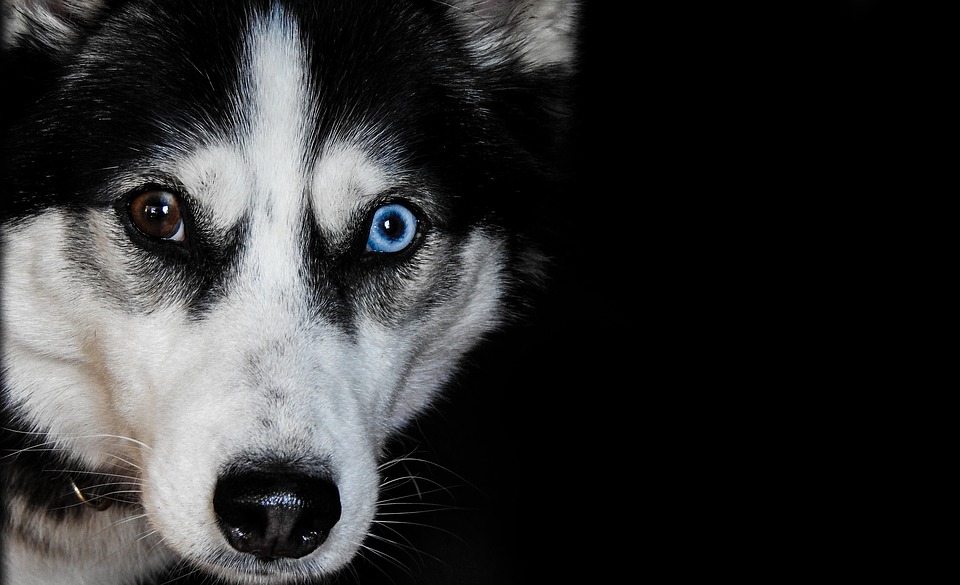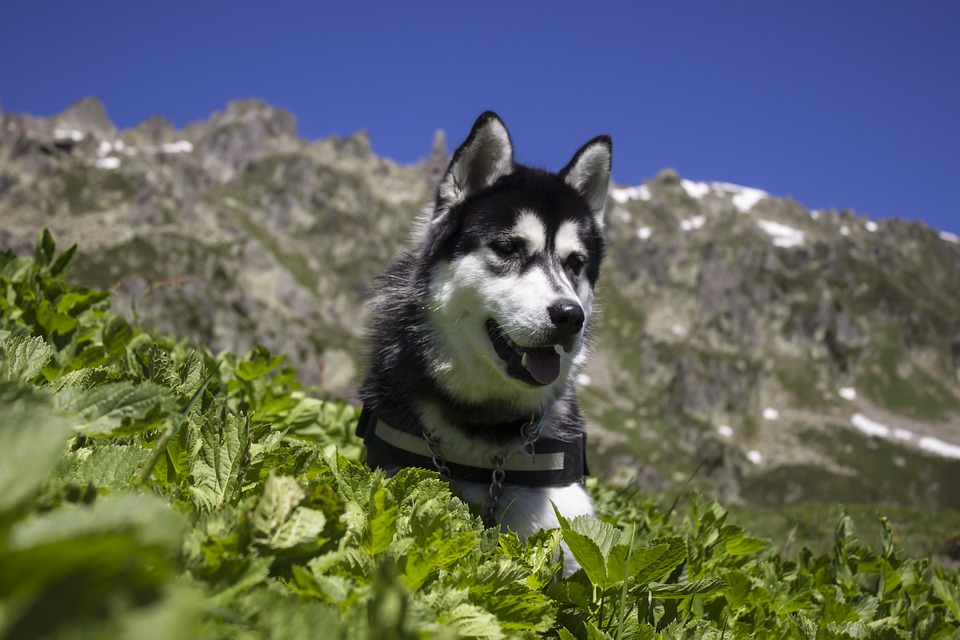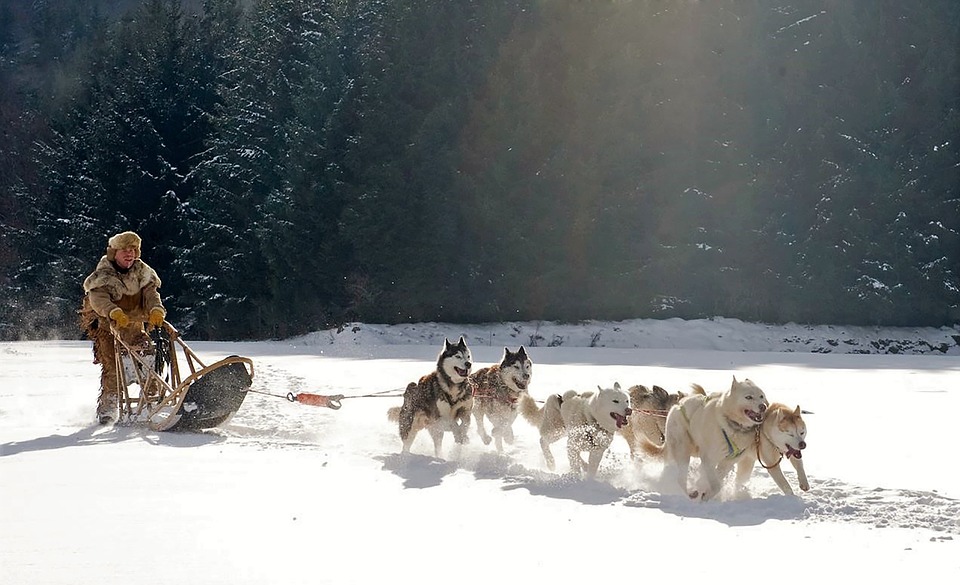The Siberian Husky
Vital Stats of Siberian Huskies
The following are vital stats of Siberian Huskies:
- Dog breed group: Working
- Height: 20 to 23.5 inches at the shoulder
- Weight: 35 to 60 pounds
- Lifespan: 12 to 15 years
Physical Characteristics of Siberian Huskies

Siberian Huskies have erect ears and eyes of brown to blue, or maybe even one of each color. The neck carries straight and the topline is level. The well-furred tail carries up a sickly or sometimes straight out behind.
This breed has a very dense, plush coat with plenty of undercoat. You can find a small ruff around the neck but no long fringes on the legs or tail. The color for this breed ranges from black to white and everything in-between. The majority of Siberian Huskies do have white markings, especially on the chest and legs.
Care for Siberian Huskies

Siberian Huskies need exercise 30 to 60 minutes a day to keep them from becoming bored. While this breed makes a great jogging companion, make sure not to exercise them in hot weather. Surprisingly, Siberian Huskies need only a small (but secure) backyard to expend their energy. To stay happy, they need to be working. Typically, just maintaining your own active life through hiking and other outdoor sports will keep this breed healthy, happy and out of trouble.
Training is necessary with this breed and you may want to invest in more advanced obedience classes. For many owners and trainers this can be difficult because this breed is very intelligent and will determine the difference between classes and home. While they may behave wonderfully at class, following all instructions and commands, at home they may revert back to the stubborn dog that stole your heart. This can be frustrating, but you will find the patience, time and a little of your own stubbornness will pay off.
Leashing training is also necessary for Siberian Huskies. They love to run and will do so without any thought of how far away you are. You can easily lose your Siberian Husky if he decides to chase something or simply enjoy a heartfelt run. This breed does have a high prey drive and that is another reason why having a leash on during walks is necessary.
Health of Siberian Huskies
Siberian Huskies are typically healthy. However, similar to all breeds, they are prone to certain health conditions. Not all Huskies will get any or all of these diseases, but it is essential to be aware of them if you are considering this breed.
A few common health conditions with this breed include the following:
- Hip dysplasia
- Elbow dysplasia
- Hypothyroidism
- von Willebrand’s disease
- Cataracts
- Corneal Dystrophy
- Progressive Retinal Atrophy
History of Siberian Huskies

The Siberian Husky is not a dog-wolf hybrid. The original dog was developed about half a million years ago by the Chukchi people in Siberia. He was a working dog breed who pulled heavy sleds over long distances. The Chukchi tribe lived inland and had to travel to the sea to hunt. Therefore, they needed a way to get a full sled of walrus meat back home. A sledding dog was just the answer. The women took care of the dogs, so they were always around children.
The dogs were brought to Alaska in the early 1900s to compete in long-distance races, notably the All-Alaska Sweepstakes. This breed gained fame for their sledding capabilities and began to be used to deliver mail as well as race.
The greatest feat of the Siberian Husky came from 1925 when people in Nome, Alaska suffered a diphtheria epidemic in the middle of winter. They were in despearte need of antitoxic. A long-range relay of about 20 mushers brought the antitoxic from Anchorage to Nome in six days. That is nearly 700 miles in temperatures that were around 40 degrees below zero.
This breed was used on the Byrd Antarctic Expeditions, as well as in the U.S. Army’s arctic search-and-rescue efforts during World War II. Beginning in 1928, many Huskies were assembled and trained at Chinook Kennels in New Hampshire for use on the Byrd Antarctic Expedition. They also performed gallantly in the Army during World War II as part of the Air Transport Command’s Artic Search and Rescue Unit.
Today, the breed is still famous as a great sled dog who can races. However, he is also a great family pet and companion. Siberian Huskies rank 18th among the breeds registered by the American Kennel Club.
For more information on the Siberian Husky or other dog breeds, don’t hesitate to contact us here at All Pets Veterinary Medical Center with the link below!
















